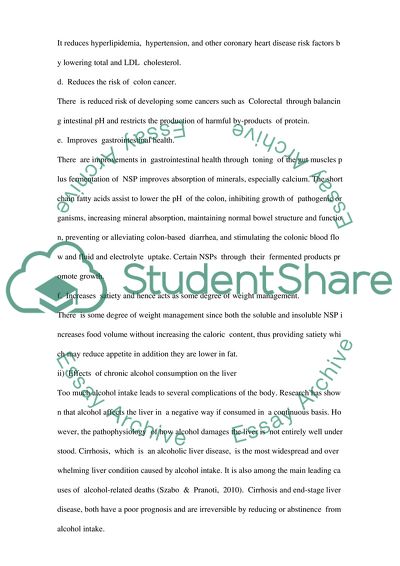Cite this document
(“Clinical NutritionThemainelementsof dietaryfiberare Non-starch Essay”, n.d.)
Retrieved from https://studentshare.org/biology/1642025-clinical-nutrition-seen-exam
Retrieved from https://studentshare.org/biology/1642025-clinical-nutrition-seen-exam
(Clinical NutritionThemainelementsof Dietaryfiberare Non-Starch Essay)
https://studentshare.org/biology/1642025-clinical-nutrition-seen-exam.
https://studentshare.org/biology/1642025-clinical-nutrition-seen-exam.
“Clinical NutritionThemainelementsof Dietaryfiberare Non-Starch Essay”, n.d. https://studentshare.org/biology/1642025-clinical-nutrition-seen-exam.


